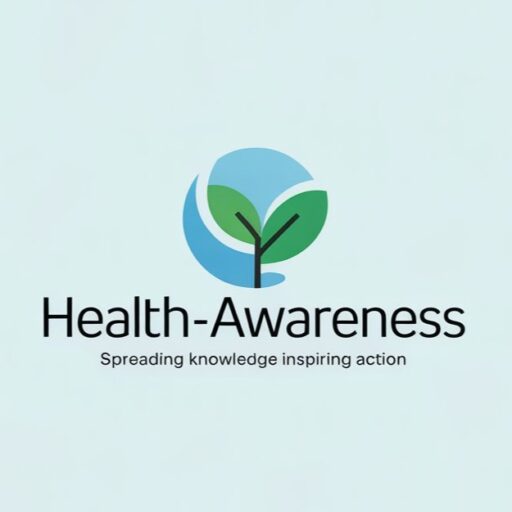Discover how universal blood pressure screening at health facilities—over mass screening—offers a cost-effective, efficient way to tackle high blood pressure and improve public health outcomes.
Introduction
High blood pressure, or hypertension, is often referred to as a “silent killer” because it contributes to heart attacks, strokes, and other serious complications. Despite its danger, current practices to detect hypertension—like mass screening events—are falling short. Recent evidence from a Lancet article, combined with insights from global health data, suggests that a shift toward routine blood pressure measurement in our healthcare facilities is the key to more effective and sustainable hypertension control.
The Problem with Mass Screening
Mass screening programs for hypertension are widely promoted. However, their real-world impact is limited. Studies have shown that:
- Follow-Up Issues: A significant number of individuals who are screened do not return for follow-up testing.
- Measurement Inaccuracies: One-off measurements in community settings are prone to false-positive or false-negative errors.
- Resource Misallocation: In one notable example from Thailand, over 2,500 people had to be screened to control the blood pressure of just one individual.
These shortcomings highlight that mass screenings often divert precious human and financial resources away from interventions that could have a higher impact when integrated into routine health services.
The Power of Facility-Based Screening
In contrast, facility-based screening—where every adult visiting a health center gets their blood pressure measured—has proven far more effective. Here’s why this method works:
- Reliable Follow-Up: Health facilities have the infrastructure and trained personnel to ensure that abnormal readings lead to immediate and continuous care.
- Integrated Care: Regular checks during routine visits allow doctors to confirm a diagnosis and start treatment without delay.
- Better Resource Utilization: By concentrating efforts within health facilities, countries can reduce waste and significantly improve hypertension control rates.
For instance, data from the USA, China, India, and several low-income regions reveal that routine blood pressure checks in clinical settings lead to more accurate diagnosis and sustained treatment than community screenings. Moreover, these systems often employ low-cost generic medications, with treatment costs as little as US$5 per patient per year.
Global Evidence Supporting Routine Screening
The global burden of hypertension is enormous, with nearly one in five deaths attributable to uncontrolled high blood pressure. According to the WHO, the majority of those affected do not have their condition adequately managed. Facility-based screening, combined with standardized treatment protocols like the WHO HEARTS technical package, creates a robust framework to manage hypertension effectively. This approach not only saves lives but also builds a more resilient and equitable healthcare system—one where every visit to a health facility becomes an opportunity for early diagnosis and sustained treatment.
Economic and Social Benefits
Improving hypertension control is not just a health priority—it’s an economic imperative. By preventing complications such as heart attacks and strokes, countries can reduce healthcare costs significantly. Healthier communities mean increased productivity and quality of life. Shifting from mass screening to an integrated, facility-based approach allows governments and health systems to invest resources more efficiently, ensuring that more people receive the care they need.
Conclusion
Hypertension is a global public health challenge that demands smarter, more efficient solutions. The evidence is clear: universal facility-based blood pressure measurement is a cost-effective, reliable, and sustainable approach to improving hypertension control. By prioritizing routine checks during every healthcare visit, we can move toward a future where high blood pressure is detected early, treated promptly, and managed effectively—saving millions of lives in the process.
References
- Frieden, T.R., Garg, R., Moran, A.E., & Whelton, P.K. (2025). Improved hypertension care requires measurement and management in health facilities, not mass screening. The Lancet.
- WHO Global Report on Hypertension: The Race Against a Silent Killer. (2023).
- Fleming, S., Atherton, H., & McCartney, D., et al. (2015). Self-screening and non-physician screening for hypertension in communities: A systematic review. American Journal of Hypertension, 28, 1316–1324.
By focusing on facility-based strategies, we not only embrace an approach that yields higher detection and treatment rates but also pave the way for a healthier, more economically productive society.









Leave a Reply